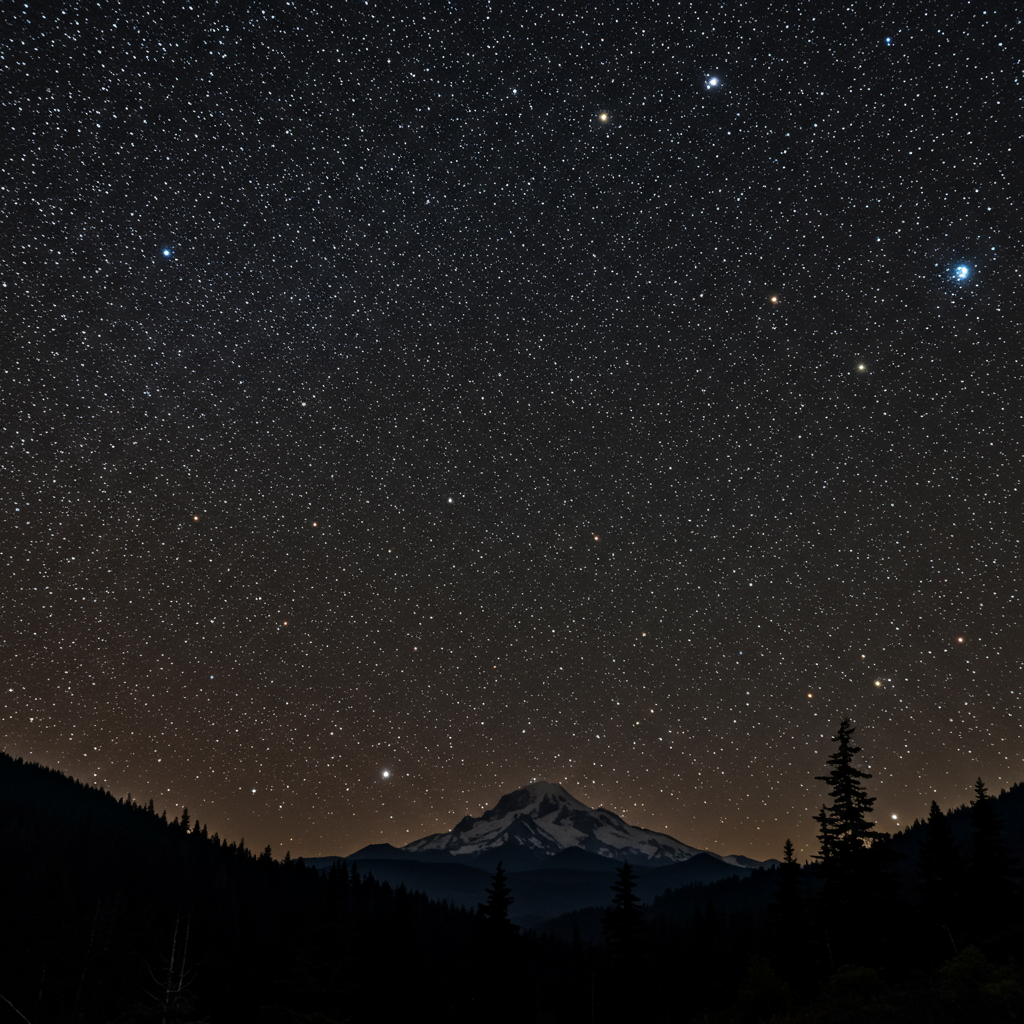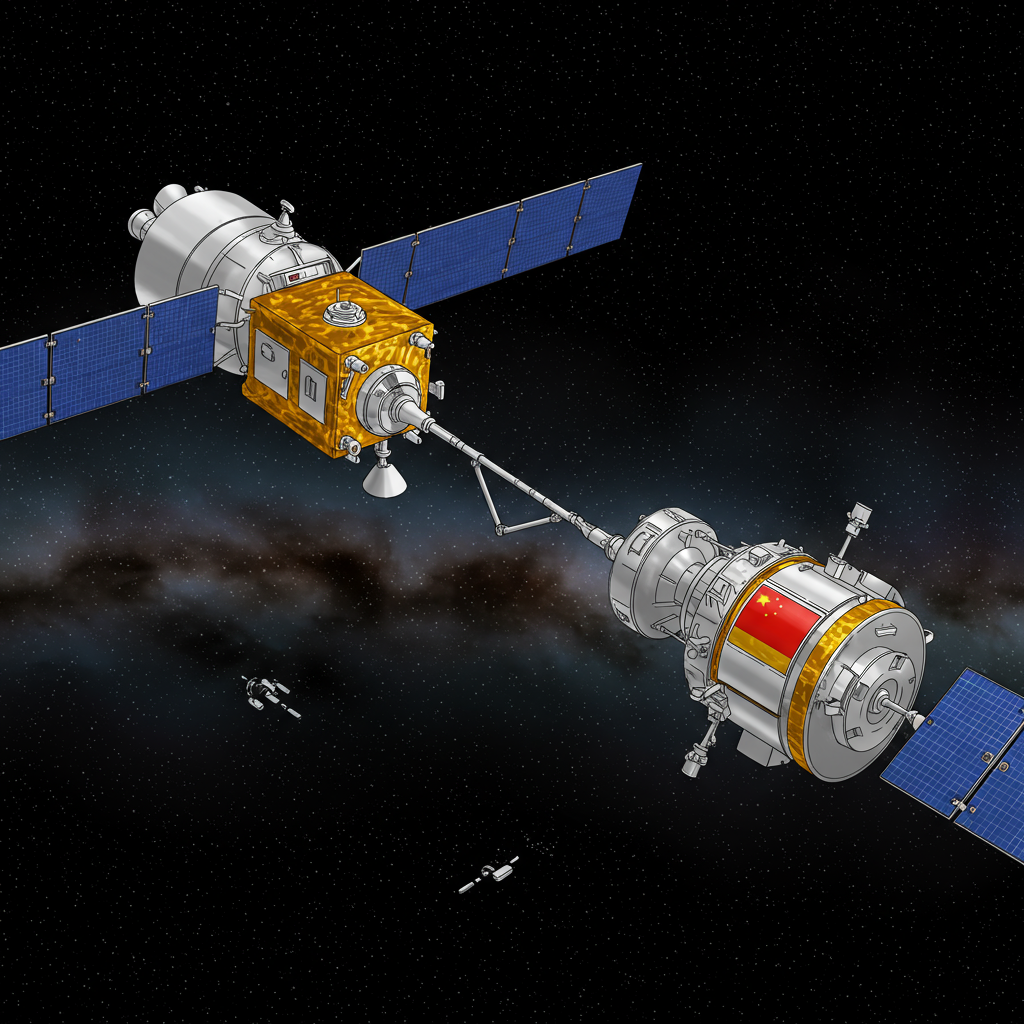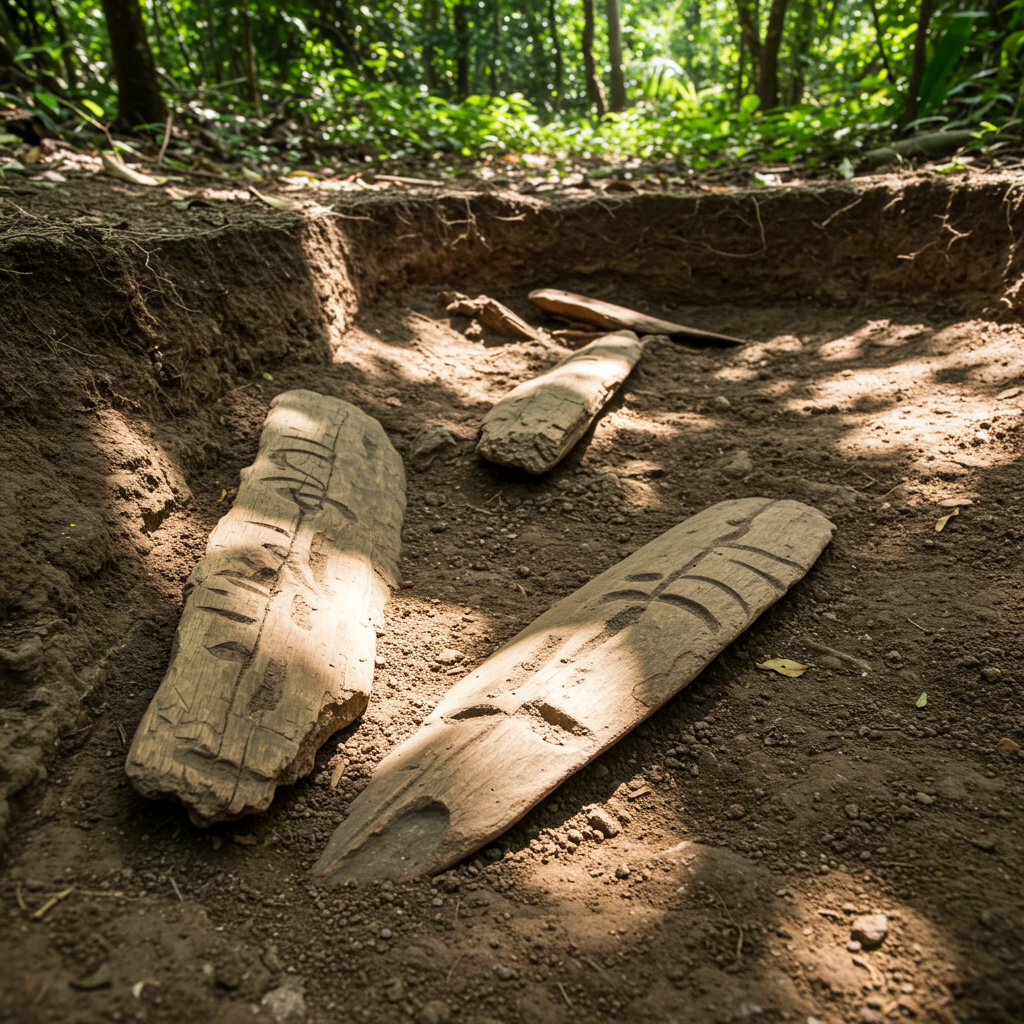Get ready to witness one of nature’s most spectacular light shows! The annual Perseid meteor shower is returning, promising a celestial display that captivates skywatchers worldwide. For 2025, Oregon stands out as a premier destination to experience this breathtaking event, thanks to its exceptionally dark skies. While the moon presents a unique challenge this year, experts confirm that the Perseids’ renowned brightness ensures a memorable viewing experience.
Understanding the Perseids: Earth’s Annual Dance with Cosmic Debris
The Perseid meteor shower is arguably the most anticipated and prolific meteor shower on the annual calendar. This cosmic phenomenon occurs when Earth passes through the dusty debris trail left behind by Comet 109P/Swift-Tuttle. As these tiny fragments of ice and rock enter our atmosphere at high speeds, they burn up, creating the dazzling streaks of light we call meteors or “shooting stars.” The shower gets its name because the meteors appear to radiate from the constellation Perseus, though this is merely a perspective effect, as the actual burning occurs much closer to Earth, about 60 miles up.
The Perseids are officially active each year from mid-July to early September. However, the period of peak intensity, when you can see the most meteors per hour, typically falls between August 9 and 13. During an ideal peak with dark, moonless skies, observers can often spot 60 to 100 meteors per hour, sometimes even more. These meteors are celebrated for their vivid colors and tendency to leave persistent “trains” of light across the night sky.
2025 Viewing Challenges & Opportunities
For the 2025 Perseid meteor shower, there’s an important factor to consider: the moon. The full moon occurs early on August 9, meaning the moon will be in a bright waning gibbous phase during the shower’s peak on August 11-12. This will undoubtedly brighten the sky and make fainter meteors harder to see. EarthSky.org estimates that observers might see around 15 meteors per hour during the peak, roughly 25% of the ideal rate, due to moonlight interference.
Despite this, there’s no need to cancel your stargazing plans! Jim Todd, Space Science Director for the Oregon Museum of Science and Industry (OMSI), offers an encouraging perspective. He notes that the Perseids are famous for their inherent brightness, assuring that “some meteors, especially fireballs, should still be visible.” Fireballs are particularly large and bright meteors that can momentarily illuminate the landscape.
To maximize your chances, consider these expert tips for 2025:
Early Bird Viewing: Start your observations in the wee hours (between midnight and dawn) in late July until the days immediately preceding the August 9 full moon. The sky will be darker during this earlier period.
Block the Moon: During peak viewing nights, try to find a location where you can block the moon from your direct line of sight, perhaps by positioning yourself in the shadow of a building or a natural landscape feature.
Pre-Dawn is Prime: The number of visible meteors typically increases as the night progresses into the pre-dawn hours, when the shower’s radiant point in Perseus is highest in the sky.
Planetary Conjunction Bonus: On the morning of August 12, just before sunrise, look east for a dazzling conjunction of Venus and Jupiter. These two brilliant planets will appear less than one degree apart, adding another spectacular element to your celestial viewing.
Oregon: A Stargazer’s Paradise
Oregon has firmly established itself as a premier destination for “astro adventurers.” Its vast expanses of sparsely populated land and dedicated efforts to combat light pollution make it home to some of the darkest skies in the United States. This reputation is bolstered by several official “Dark Sky Place” designations awarded by DarkSky International, an organization committed to preserving natural nighttime environments through responsible outdoor lighting. These designations include Dark Sky Parks, Communities, and Sanctuaries.
A recent trending study by travel insurance comparison website InsureMyTrip evaluated 50 U.S. destinations for stargazing, considering factors like cloud cover, air quality, observatories, campsites, and crucial Bortle dark-sky scale rankings (where 1 is darkest). Oregon dominated the top five, securing three spots:
Top Dark Sky Destinations in Oregon:
Cottonwood Canyon State Park (No. 1 overall): Located in north-central Oregon, this designated Dark Sky Park offers pristine high desert darkness. Its quiet campground, which even features cabins, is ideal for extended stargazing sessions.
Antelope (No. 3): This tiny Wasco County town, population 37, holds the distinction of being a Dark Sky Community. Its unofficial motto, “Where you can see the Milky Way from Main Street,” perfectly encapsulates its exceptional darkness.
Oregon Caves National Monument and Preserve (No. 4): Situated in southern Oregon, this national park site is also a Dark Sky Park. While famous for its ancient marble caves, the preserve’s old-growth forests and campground provide superb night sky views.
These officially recognized sites offer unparalleled opportunities for meteor shower viewing and general stargazing.
Beyond Designated Spots: Oregon’s Wilderness Advantage
Beyond the formally designated Dark Sky Places, Oregon boasts expansive wilderness areas that naturally offer incredibly dark skies. Consider the Salmon-Huckleberry Wilderness, located just 50 miles southeast of Portland near Mount Hood. Spanning over 62,000 acres, this area represents the highest level of land protection in the U.S. Under the 1964 Wilderness Act, it remains “untrammeled by man,” meaning human impact is minimized, and natural processes prevail.
This commitment to preserving the land’s natural state, with minimal human intervention or development, directly translates to exceptionally dark skies. While not formally designated for stargazing, such wilderness areas provide an authentic and secluded experience for those seeking deep solitude and unparalleled celestial views. The absence of artificial light sources and the sheer remoteness of these regions contribute significantly to Oregon’s overall reputation as a prime location for night sky observation.
Essential Tips for Meteor Shower Viewing
Watching a meteor shower is a wonderfully simple and inexpensive form of astronomy. You don’t need any specialized equipment, not even binoculars or a telescope. Your naked eyes are your best tools for scanning the wide expanse of the sky.
Maximizing Your Experience:
Find Your Spot: Choose an observing location that provides a wide, unobstructed view of the sky. The less artificial light interference, the better. If you’re viewing from a city, try to find a park or open area where artificial lights are least intrusive.
Give Your Eyes Time: Allow at least 30 to 45 minutes for your eyes to fully adapt to the darkness. During this time, avoid looking at bright phone screens or other light sources, as even a quick glance can reset your night vision.
Get Comfortable: Lie flat on your back, perhaps on a blanket, sleeping bag, or a comfortable lounge chair. This position allows you to comfortably scan the entire sky without straining your neck.
Dress Appropriately: Even on warm summer nights, temperatures can drop significantly after dark, especially in high desert or mountainous areas. Bring layers of warm clothing, a hat, and perhaps a hot drink.
Look Up, Not At the Radiant: While meteors appear to emanate from the constellation Perseus, the longest and most impressive streaks are often seen further away from the radiant point. Look generally upwards, covering as much of the sky as possible.
Practice Leave No Trace: Especially when venturing into natural areas, adhere to Leave No Trace principles. Pack out everything you pack in, stay on designated trails, and minimize any impact on the environment.
Beyond the Perseids: Other Celestial Events
While the Perseids are a summer highlight, they are just one of many fascinating meteor showers throughout the year. Knowing about other showers can help you plan future stargazing adventures, especially if the moon hinders the Perseids.
Geminids (December): Often considered one of the strongest showers, the Geminids peak in mid-December, offering up to 120 meteors per hour. They are unique because they originate from an asteroid (Phaethon) rather than a comet. While Oregon’s December weather can be cloudy, a clear night for the Geminids is a truly spectacular sight.
Orionids (October): Active from late September to late November, peaking in mid-October. This shower is a byproduct of Halley’s Comet, offering about 20 meteors per hour. The 2025 peak coincides with a new moon, providing ideal dark skies.
Quadrantids (January): One of the strongest and most consistent showers, peaking in early January.
- Lyrids (April): A medium-strength shower, peaking in late April.
- www.oregonlive.com
- www.hereisoregon.com
- www.space.com
- www.oregonlive.com
- earthsky.org
By understanding the causes of these cosmic events and arming yourself with practical viewing tips, you’re well-prepared to embark on unforgettable “astro adventures” in Oregon’s renowned dark skies.
Frequently Asked Questions
What makes the Perseid meteor shower special in 2025, considering the moon?
The 2025 Perseid meteor shower, while still the year’s “greatest,” faces a significant challenge from a bright waning gibbous moon during its peak on August 11-12. This moonlight will wash out fainter meteors, reducing the visible rate from an ideal 60-100 to an estimated 15 meteors per hour. However, the Perseids are known for their exceptional brightness and “fireballs” (very luminous meteors), meaning many impressive streaks should still be visible. Experts advise watching in the pre-dawn hours or early in the shower’s window (late July-early August) to minimize moonlight impact.
Where are the best dark sky spots in Oregon for stargazing and meteor showers?
Oregon boasts several premier dark sky locations, many officially designated by DarkSky International. A recent study by InsureMyTrip ranked three Oregon spots among the top five best “astro adventure” destinations in the U.S.: Cottonwood Canyon State Park (ranked #1 nationally, a Dark Sky Park), the tiny town of Antelope (ranked #3, a Dark Sky Community), and Oregon Caves National Monument and Preserve (ranked #4, a Dark Sky Park). These locations offer minimal light pollution and excellent viewing conditions.
Do I need special equipment to watch the Perseid meteor shower?
No, you do not need any special equipment like binoculars or telescopes to watch the Perseid meteor shower. Your naked eyes are perfectly suited for scanning the wide expanse of the night sky, which is essential for catching the unpredictable streaks of meteors. Experts recommend finding a comfortable spot with an unobstructed view, lying down to maximize your sky visibility, and allowing your eyes at least 30-45 minutes to adapt to the darkness for the best viewing experience.
Prepare for an Unforgettable Night
The Perseid meteor shower remains one of the most beloved celestial events, and Oregon provides an unparalleled backdrop for witnessing its magic. Despite the 2025 moon phase, the shower’s signature bright meteors and fireballs will still pierce the darkness, offering a truly unforgettable experience. By choosing one of Oregon’s pristine dark sky locations, understanding the best viewing times, and following simple preparation tips, you’re ready for an incredible night under the stars. So pack your blanket, find your dark sky sanctuary, and look up – the universe is ready to put on a show!




